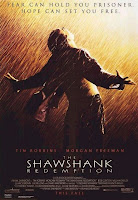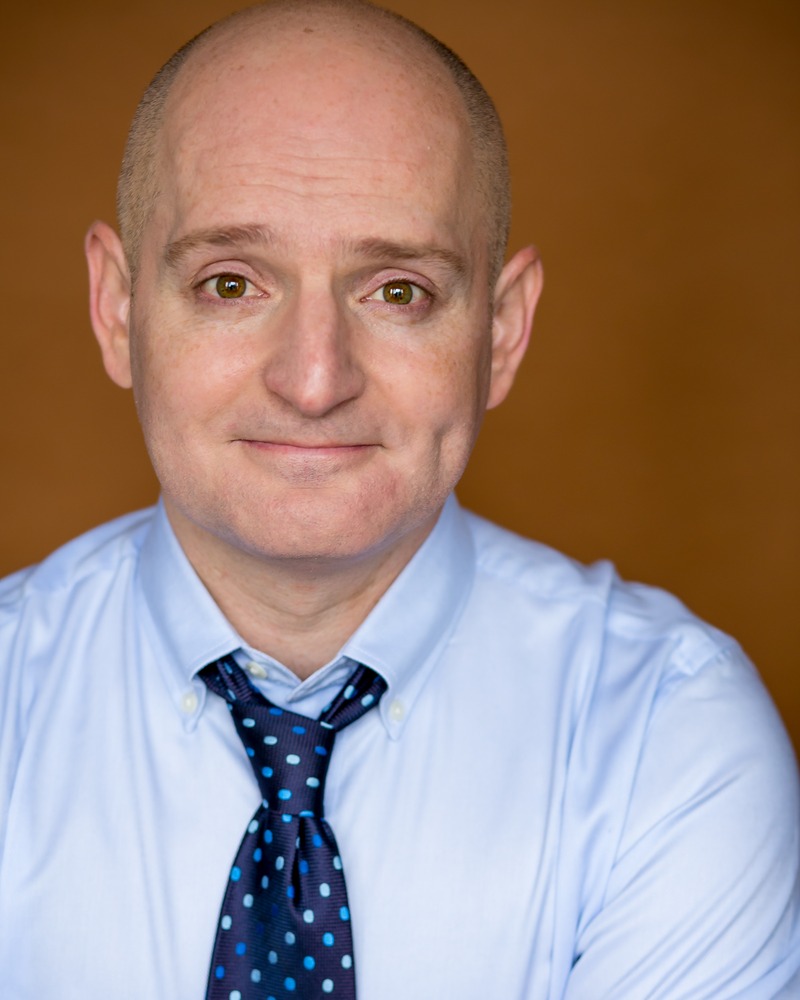Today, though, I took a look at another 1951 Best Picture nominee...
 Decision Before Dawn
Decision Before Dawn
 Oskar Werner (pictured) delivers an effectively understated performance as the troubled German soldier, although there is a fine line between the character appearing stoic and the actor appearing dull. Fortunately, Werner leans towards the former. Richard Basehart and Gary Merrill as the American officers portray mostly stereotypical machismo. As such, the German actors shine, especially Wilfried Seyferth as the punchy SS courier.
Oskar Werner (pictured) delivers an effectively understated performance as the troubled German soldier, although there is a fine line between the character appearing stoic and the actor appearing dull. Fortunately, Werner leans towards the former. Richard Basehart and Gary Merrill as the American officers portray mostly stereotypical machismo. As such, the German actors shine, especially Wilfried Seyferth as the punchy SS courier.
 Decision Before Dawn
Decision Before DawnDirector:
Anatole Litvak
Screenplay:
Peter Viertel
(based on the novel 'Call It Treason' by George Howe)
Starring:
Richard Basehart, Gary Merrill, Oskar Werner, Hildegarde Knef, Dominique Blanchar, O.E. Hasse, Wilfried Seyferth, Hans Christian Blech
Academy Awards:
2 nominations
0 wins
During the final days of World War II, the U.S. Army recruits German prisoners-of-war for espionage duties. For a particularly important information-gathering mission, Col. Devlin (Merrill) assigns U.S. officer Lt. Rennick (Basehart) to accompany German soldier Sgt. Barth (Blech), codenamed Tiger. Simultaneously, Cpl. Karl Maurer (Werner), ironically codenamed Happy, is given the dangerous task of discovering the whereabouts of Germany's 11th Panzer Corps. While attempting to achieve his covert goal, Happy must also elude the Gestapo, who do not take kindly to traitors.
While it may not seem clear at first, the main character in Decision Before Dawn is Happy. There is a decent amount of set-up before we get to the crux of the film's story, in which we follow Happy as he nervously makes his way from one incident to the next, attempting to maintain under the radar. The tension in this section alone is enough to forgive the film's other flaws. Director Anatole Litvak achieves a genuine sense of loneliness for Happy. He is paradoxically an outsider living among his own kind, stranded in his home land.
I could have done without the voice-over memories, however. Whenever Happy finds a quiet moment to himself, the camera moves in closer as he directs his gaze upward and we hear the voices of those Happy has encountered repeating their important words. Granted, this clichéd convention does help to highlight Happy's isolation, but it is slightly overused here. Ditto the constant reference to cigarettes. I couldn't quite figure out the intended symbolism of all this talk about smoking. Nor could I figure out the meaning of the film's title. There are certainly decisions made during the course of the narrative, and many of them are made before sunrise, but is there one of particular importance?
 Oskar Werner (pictured) delivers an effectively understated performance as the troubled German soldier, although there is a fine line between the character appearing stoic and the actor appearing dull. Fortunately, Werner leans towards the former. Richard Basehart and Gary Merrill as the American officers portray mostly stereotypical machismo. As such, the German actors shine, especially Wilfried Seyferth as the punchy SS courier.
Oskar Werner (pictured) delivers an effectively understated performance as the troubled German soldier, although there is a fine line between the character appearing stoic and the actor appearing dull. Fortunately, Werner leans towards the former. Richard Basehart and Gary Merrill as the American officers portray mostly stereotypical machismo. As such, the German actors shine, especially Wilfried Seyferth as the punchy SS courier.Despite all my nit-picking, Decision Before Dawn remains an engrossing film and well worth a look.


















.jpg)
+(Brando+%26+Tarita).jpg)

.jpg)

.jpg)

.jpg)

.jpg)




.jpg)




